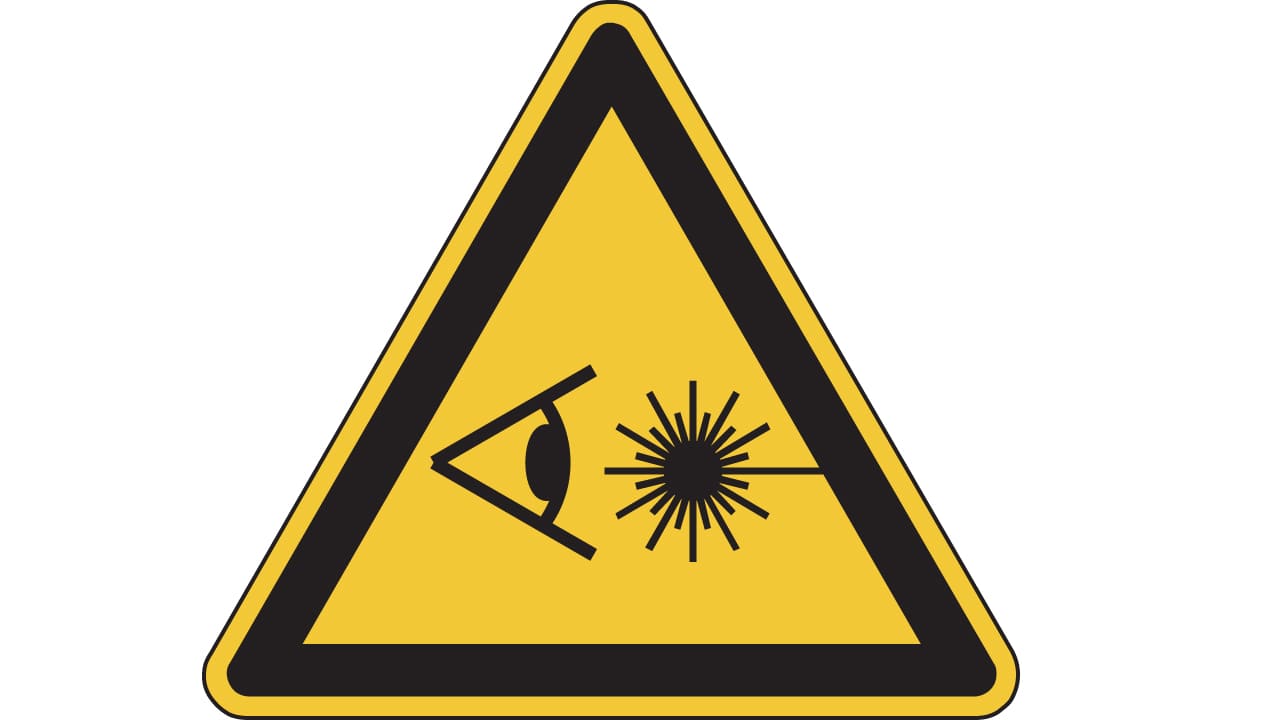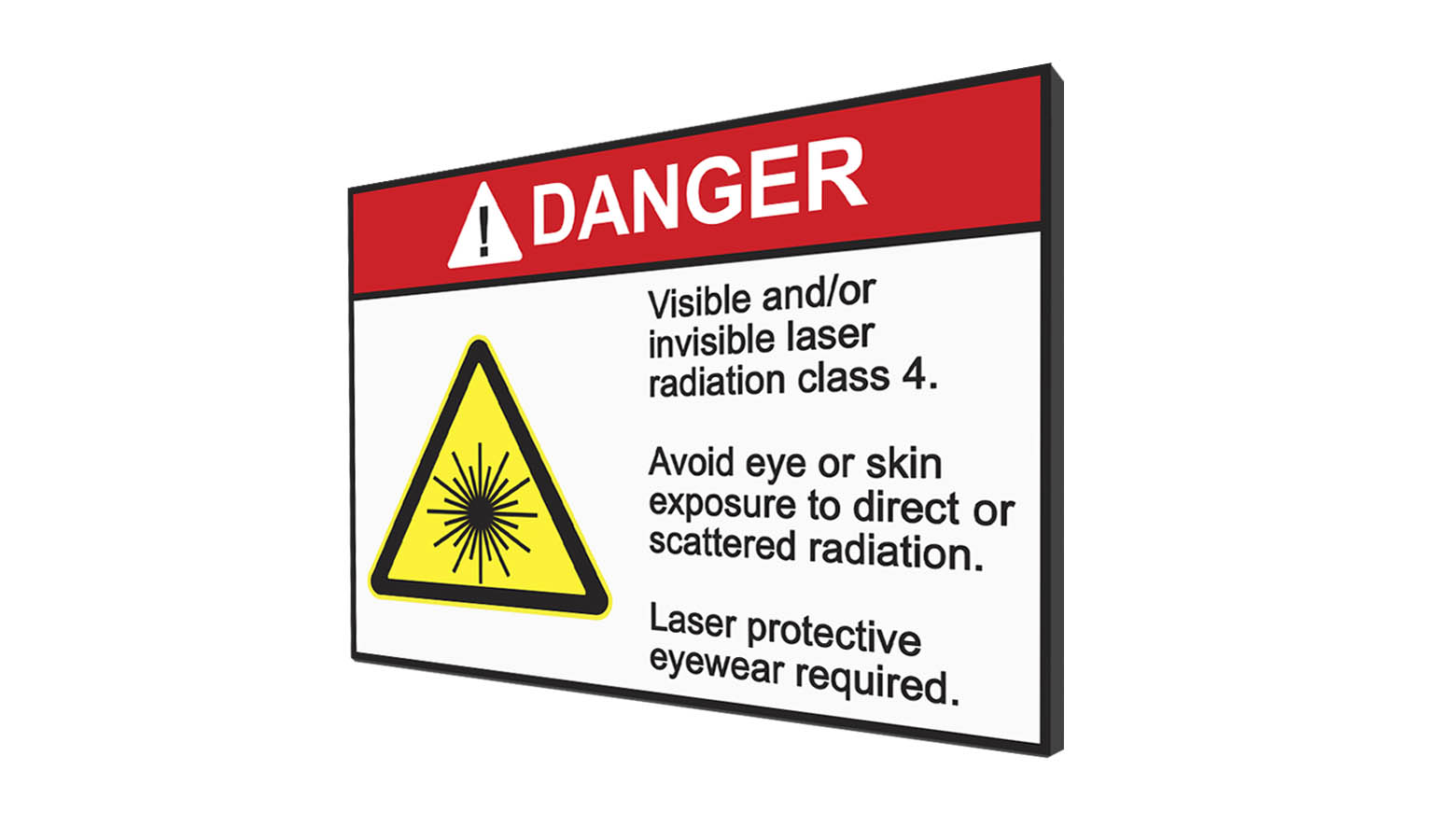
Source: Universal Laser Systems
**Understanding Laser Safety: A Comprehensive Guide**
Laser beams are powerful sources of light that can pose serious hazards to human health, particularly to the eyes and skin. It is crucial to be aware of the potential dangers associated with laser light and to implement proper safety measures to prevent accidents and injuries.
**Hazards of Laser Light**
Laser beams can cause harm to the eyes and skin due to their high optical intensities. The high radiance of laser beams can lead to thermal and photochemical damage, especially when the radiation is focused on sensitive areas like the retina. Different spectral regions of laser light can pose varying risks, with visible and near-infrared radiation often affecting the retina, while ultraviolet and mid-infrared lasers can cause corneal injuries and skin damage.
**Factors Affecting Eye Safety**
The safety of the eyes when exposed to laser light depends on various factors, including the intensity, wavelength, duration of exposure, and properties of the laser light. Safe exposure limits are determined based on these factors, and it is essential to follow guidelines to prevent eye damage.
**Skin Safety Concerns**
Infrared light can cause thermal skin burns, while ultraviolet light can induce photochemical reactions leading to skin issues such as sunburn and skin cancer. It is crucial to protect the skin from direct exposure to laser light to avoid potential harm.
**Indirect Hazards of Laser Radiation**
In addition to direct exposure, laser radiation can lead to indirect hazards such as incineration of materials, generation of poisonous fumes, and production of secondary radiation like ultraviolet light or X-rays. It is important to be aware of these potential risks and take necessary precautions.
**Non-Light Related Hazards**
Apart from direct laser beams, other hazards associated with lasers include high electric voltages in power supplies, hazardous chemicals in laser systems, and risks from glass tubes in certain lasers. These non-light related hazards also require attention to ensure overall safety.
**Safety Classes and Regulations**
Laser devices are classified into different safety classes based on emission limits and potential risks. It is essential to understand these safety classes and adhere to regulations to maintain a safe working environment with lasers. Technical and non-technical precautions are crucial for ensuring laser safety and minimizing risks.
**Conclusion**
Laser safety is a critical aspect of working with laser technology to prevent accidents and protect human health. By understanding the hazards of laser light, implementing appropriate safety measures, and following regulations, it is possible to create a safe environment for laser-related activities. Prioritizing safety and being proactive in risk assessment and mitigation can help prevent injuries and ensure a secure workplace for laser operations.

Source: Laser Safety Industries
Feel free to comment your thoughts.



